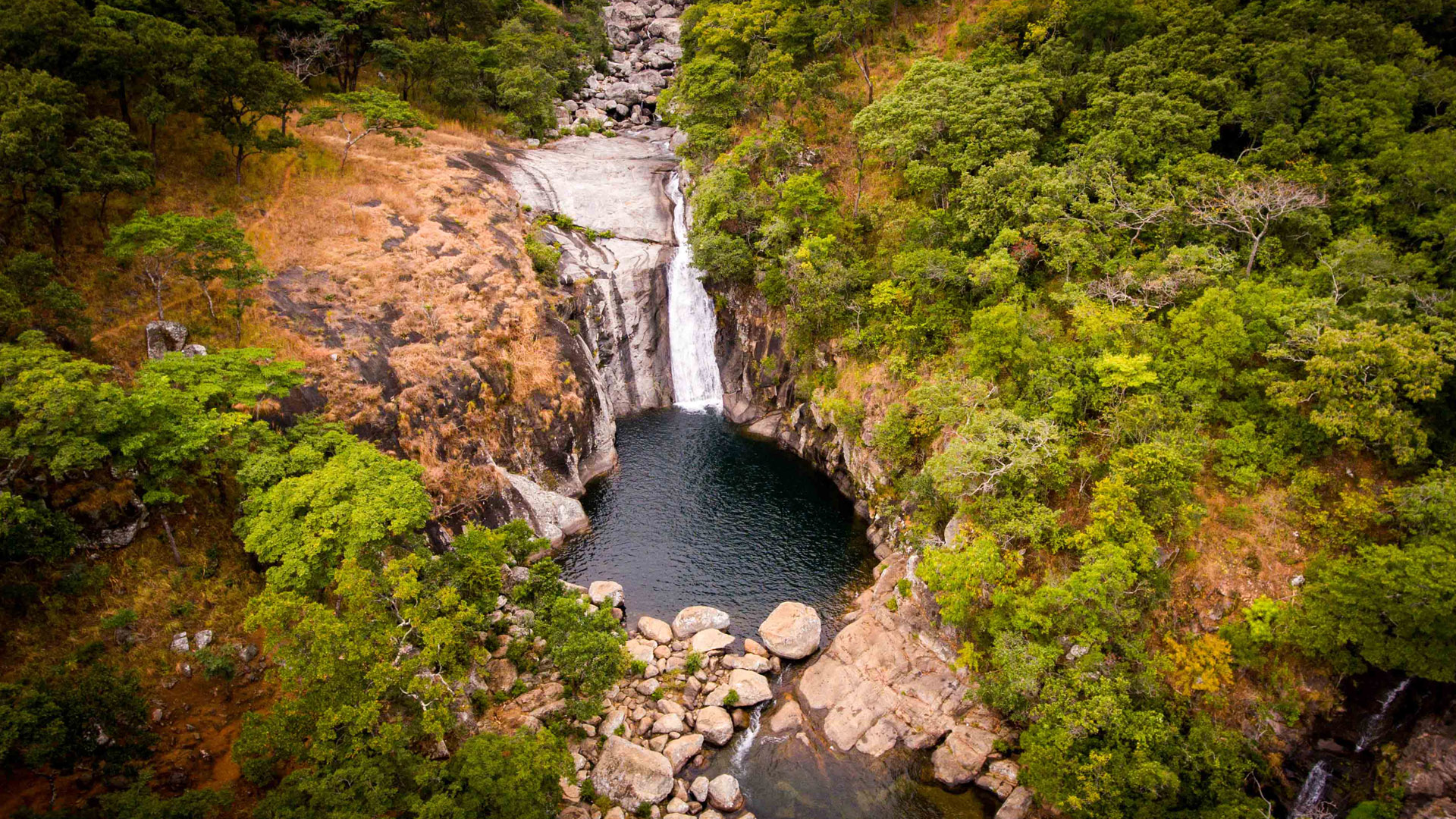
Magnificent Mulanje Mountain
Even before the traveller has cleared the Blantyre suburb of Limbe, on a good day the great mass of Mulanje can be seen rising almost vertically and majestically 2,200 metres above the level expanse of Phalombe Plain.
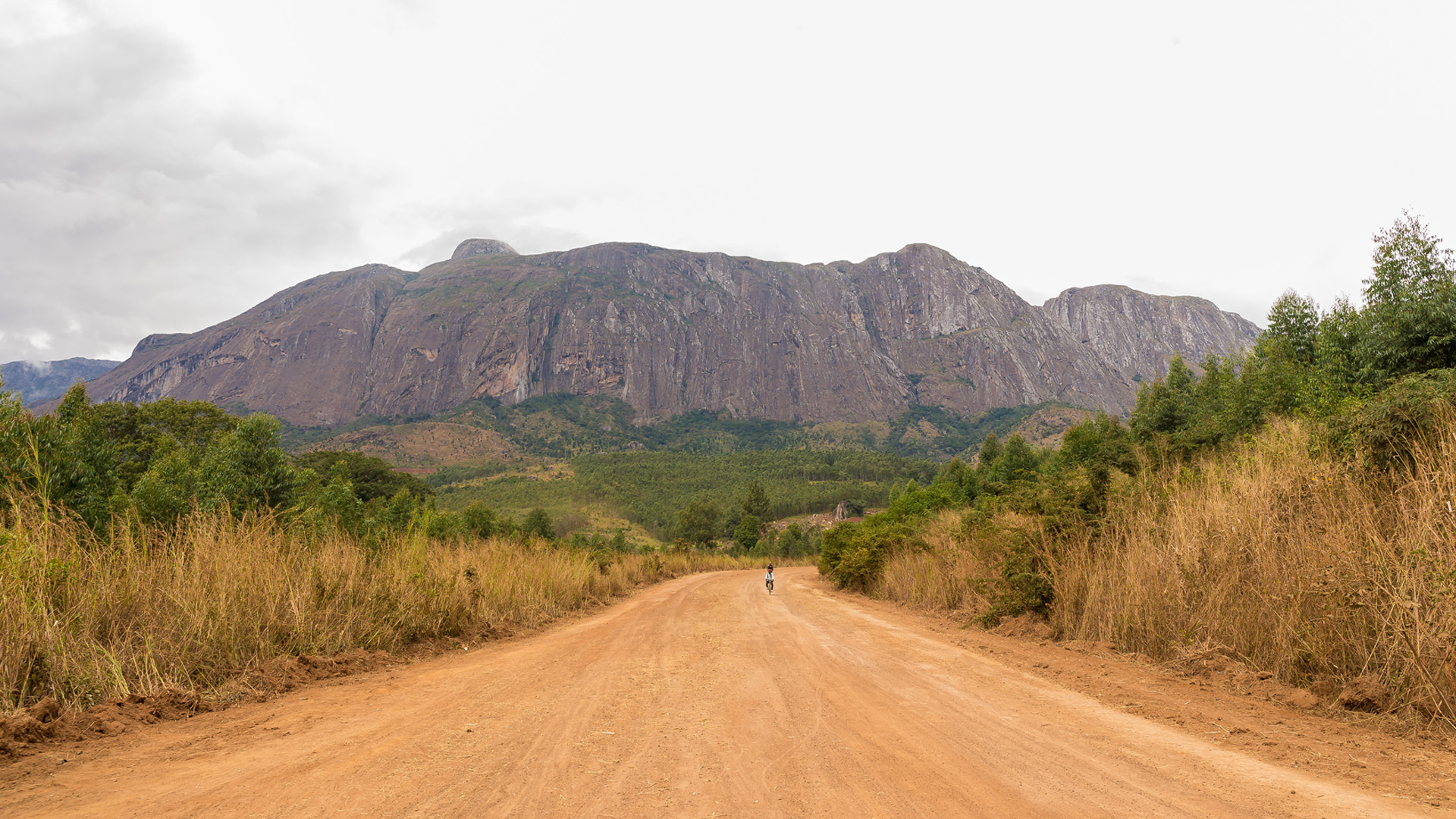
 Mulanje’s Chitakale trading centre is reached within an hour’s drive on an excellent road. After a left turn at the InfoMulanje office onto a good gravel road that skirts the mountain, the bustle of trade gives way to the impressive bright green of carefully tended tea gardens irrigated by the bountiful waters of the mountain.
Mulanje’s Chitakale trading centre is reached within an hour’s drive on an excellent road. After a left turn at the InfoMulanje office onto a good gravel road that skirts the mountain, the bustle of trade gives way to the impressive bright green of carefully tended tea gardens irrigated by the bountiful waters of the mountain.
The tea tucks itself into the lower slopes. Above the tea are extensive plantations of Eucalyptus which fuel much of the tea-making process. Beyond this man-made forest are the towering rock faces, cascading streams and indigenous forests that beckon the adventurous.
Mulanje Mountain Highlights
- Mt Mulanje is 3,002m above sea level
- Highest mountain in tropical southern Africa
- Sapitwa Peak is the highest point
- The mountain is about 650km2 in area
- Chambe cliffs are highest vertical climb in Africa – 1,700m
- Mt Mulanje was declared a Forest Reserve in 1927
- The mountain is managed by the Department of Forestry
- UN declared it a Global Biosphere Reserve in 2000
- Currently considered forWorld Heritage Site status
- Home to the unique Mulanje Cedar – National Tree of Malawi
- Cedar tree habitat is cloud forests above1,800m. This tree grows only on Mt Mulanje
- Mulanje has a spectacularly beautiful wildflower array
- Over 60 other plants are also unique to the mountain
- Mammals are samango monkeys, baboons, leopard, serval, bushbuck, klipspringers, various duikers and otters.
- Special birds are yellow-throated apalis, Thyolo alethe, blue swallows, black eagles, peregrine falcons, crowned eagles
- Only three snakes species found upon the mountain, all harmless
- 2 unique dwarf chameleons, one skink and one gecko found on the mountain
- 9 major Rivers rise on the mountain
- Largest is the Ruo River – 2nd biggest river in Malawi. Ruo means river in Portuguese
- Oldest hydro power stations in Malawi here, built in 1927
- Ten cottages (huts) on the mountain – 9
- Forestry Department and one CCAP
- Two oldest – Thuchila and Hope’s Rest constructed in 1890’s
- Mountain Club operational on Mulanje since 1953
 Likhubula Forest Office is the starting point for most visitors. The day visitor with family and children can enjoy a picnic, a refreshing swim in the pools or an adventurous scramble over the rocks. The more energetic can take a walk higher up the mountain to Dziwe la Nkhalamba (Old Man’s Pool).
Likhubula Forest Office is the starting point for most visitors. The day visitor with family and children can enjoy a picnic, a refreshing swim in the pools or an adventurous scramble over the rocks. The more energetic can take a walk higher up the mountain to Dziwe la Nkhalamba (Old Man’s Pool).

Dziwe la Nkhalamba
The true rewards of the Mountain go to those energetic enough to explore its heights.

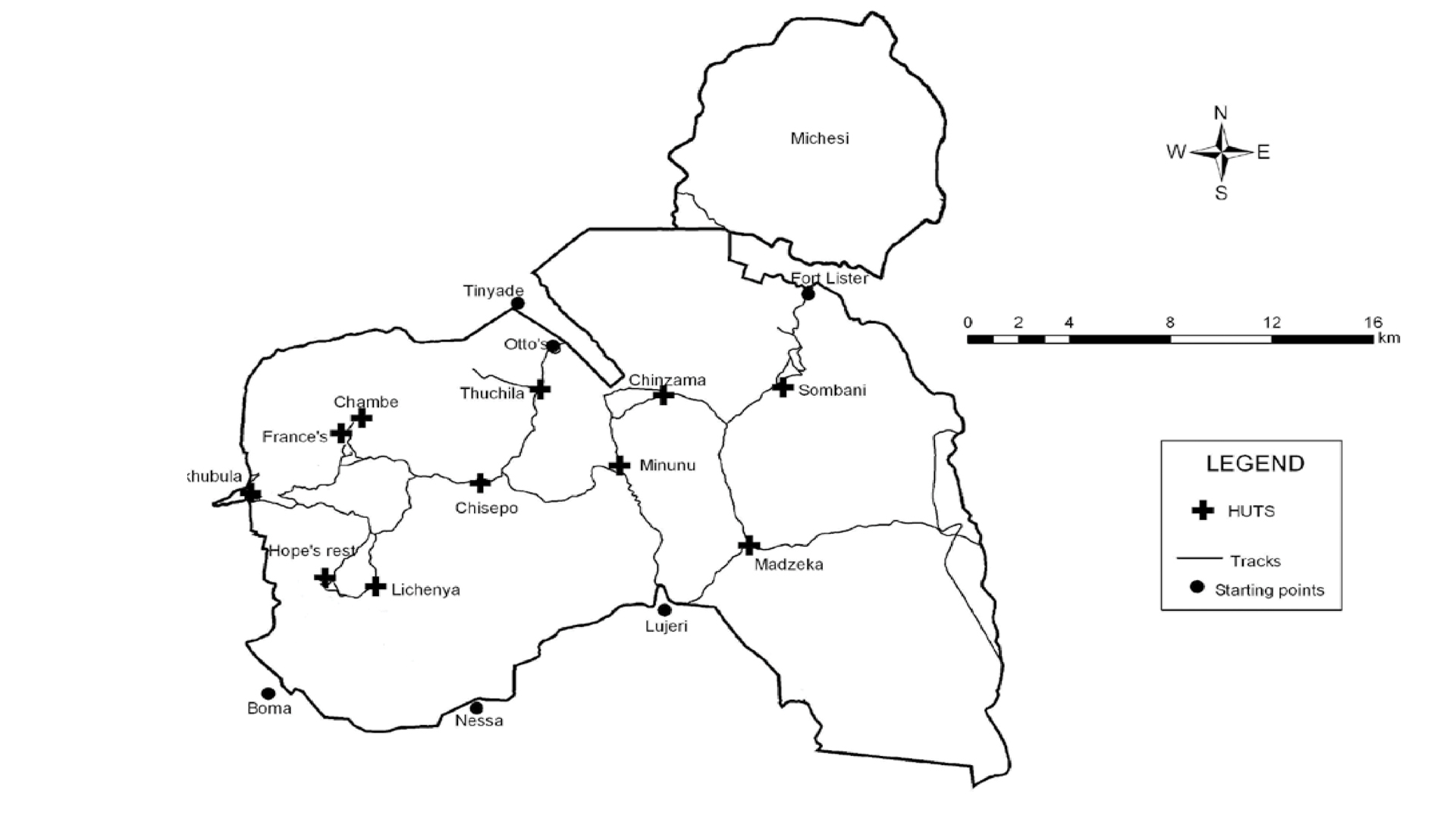
Map showing the routes
Most hikers start their climb from the Likhubula Forest Office where there is advice and assistance and no shortage of willing porters or guides all vetted by and registered with the Forestry Department. It is here that fees are to be paid and huts may be booked.

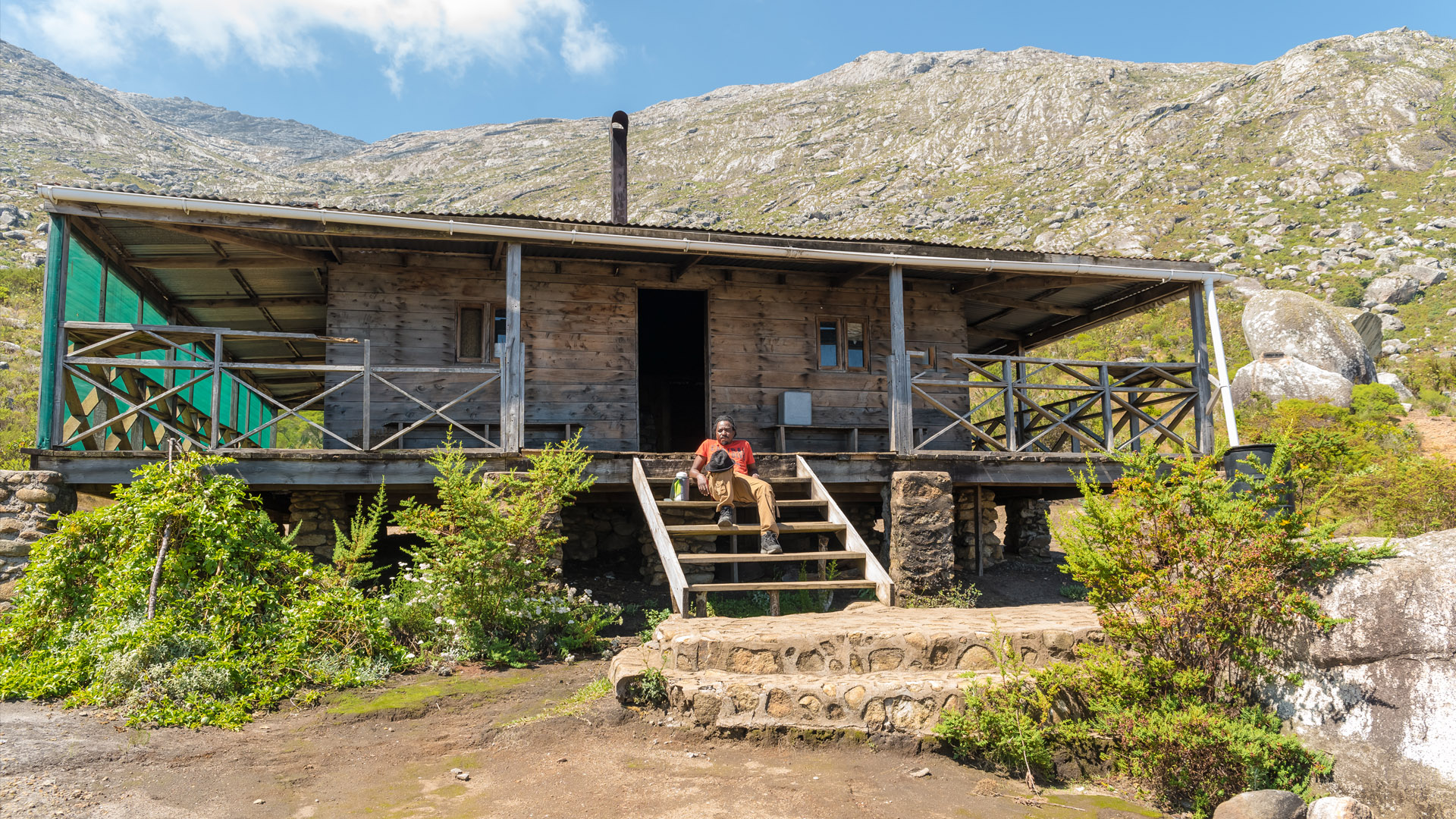
Chisepo hut – the closest hut to Sapitwa.
The huts are strategically located at ‘plateau’ level to allow hikers to progress from one to another in conveniently short stages.

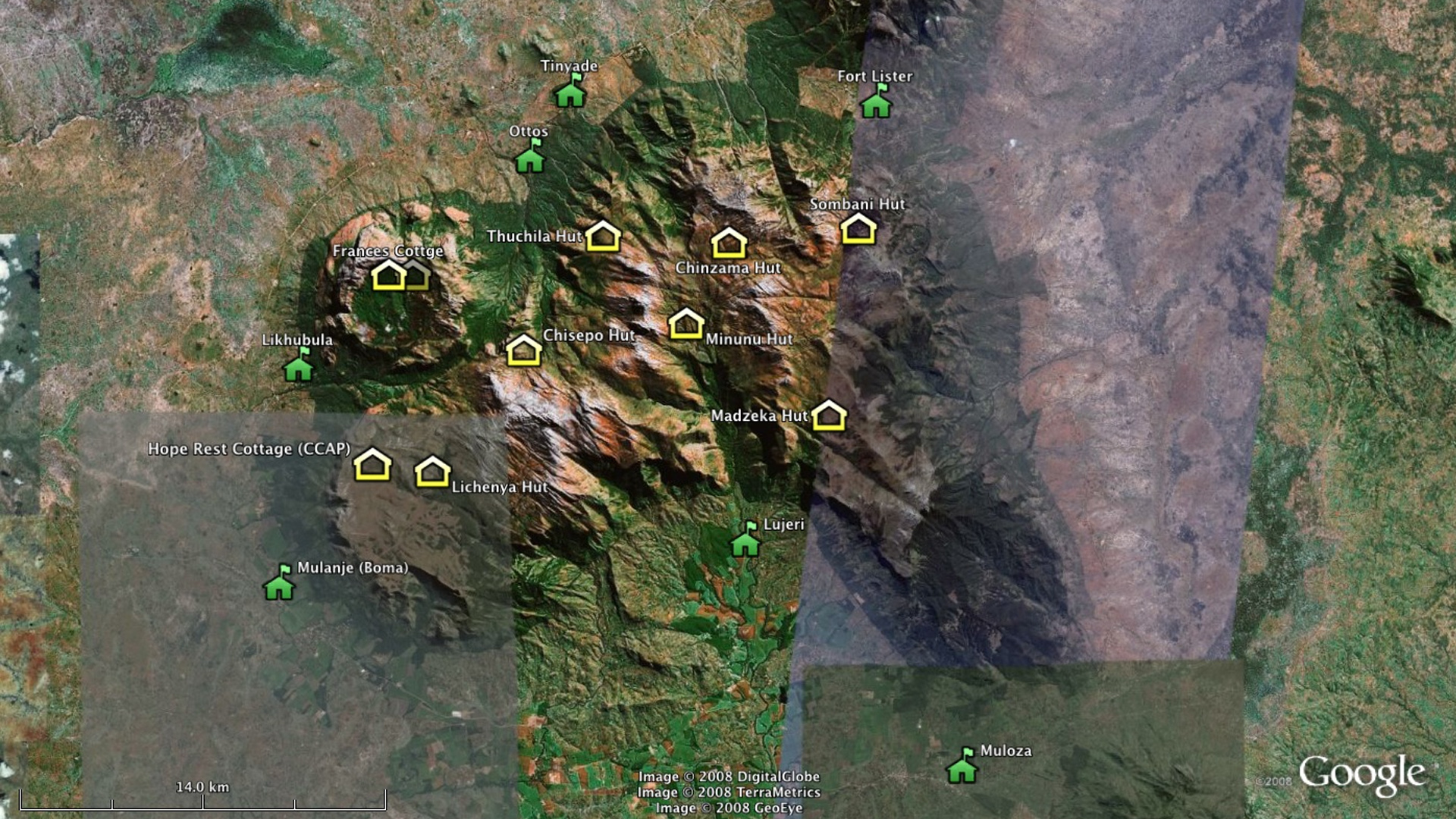
Map of all the huts
More than a week could be spent on a leisurely progression. The mountain is divided into a number of major valley or drainage systems. Although the main physical challenge is the initial climb from a base altitude of about800 m to a plateau level of about 2 000 m, hikers should be aware that the routes from one hut to the next generally involve climbs out of one valley system over a divide to the next. Such hikes may entail differences in elevation of as much as 450 metres.

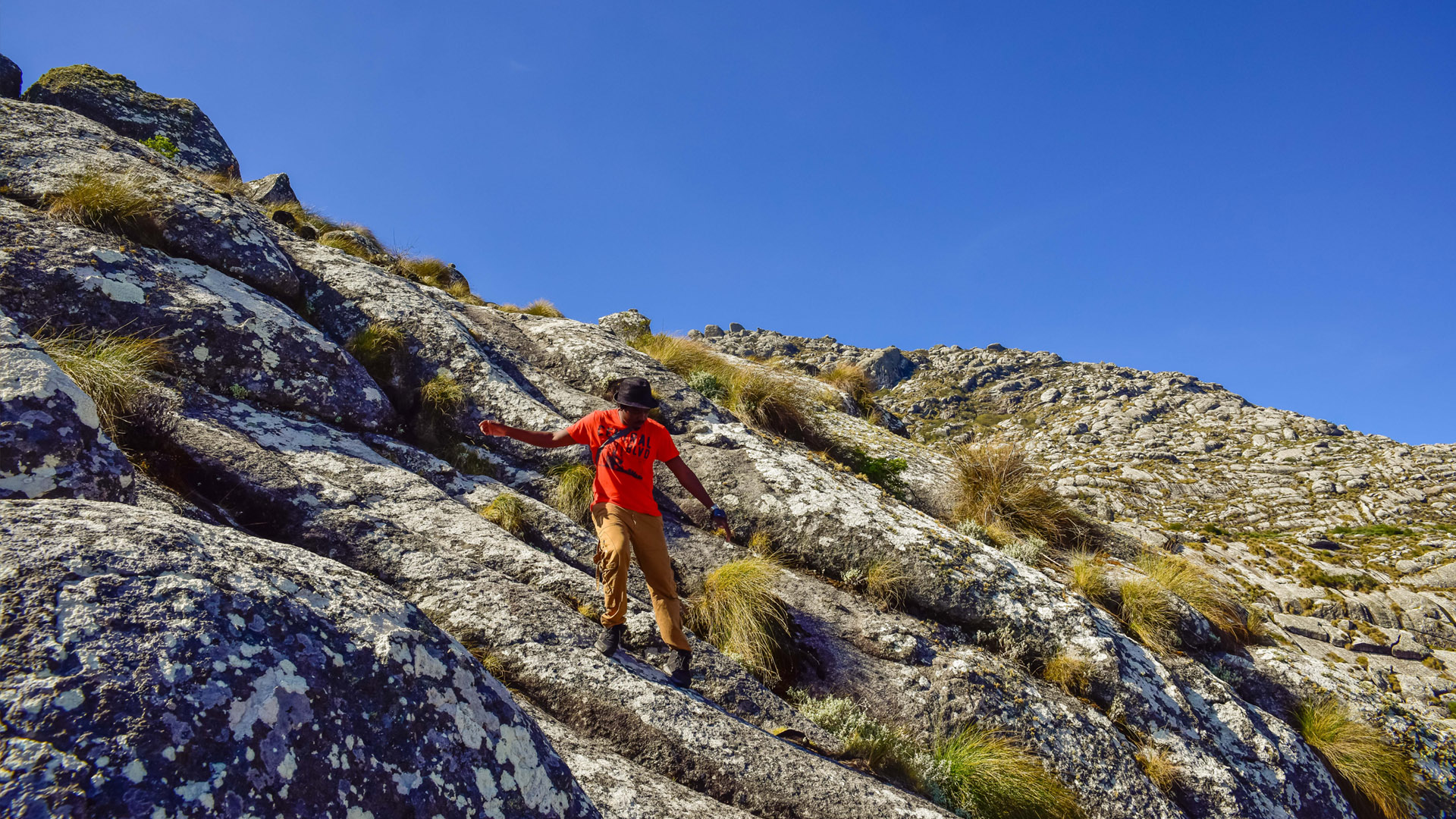
A route may involve several of these in a distance of 8-12 kilometres. Nevertheless, given a reasonable level of fitness, most find the climbs well within their capabilities – it being mostly a question of resolve and stamina.
Each route up the mountain has a different setting varying with the climatic conditions. Rainfall is much higher on the windward southeast side than on the northwestern side which is in the rain-shadow. A climb up the Ruo river valley from Lujeri Tea Estates transcends very tall lush rainforest whilst that from Thuchila takes you through dwarf dry Miombo woodland habitat. If circumstances allow only one trip to the mountain it is best to plan for a traverse trip of the mountain to experience this amazing forest contrast in such a relatively small area.

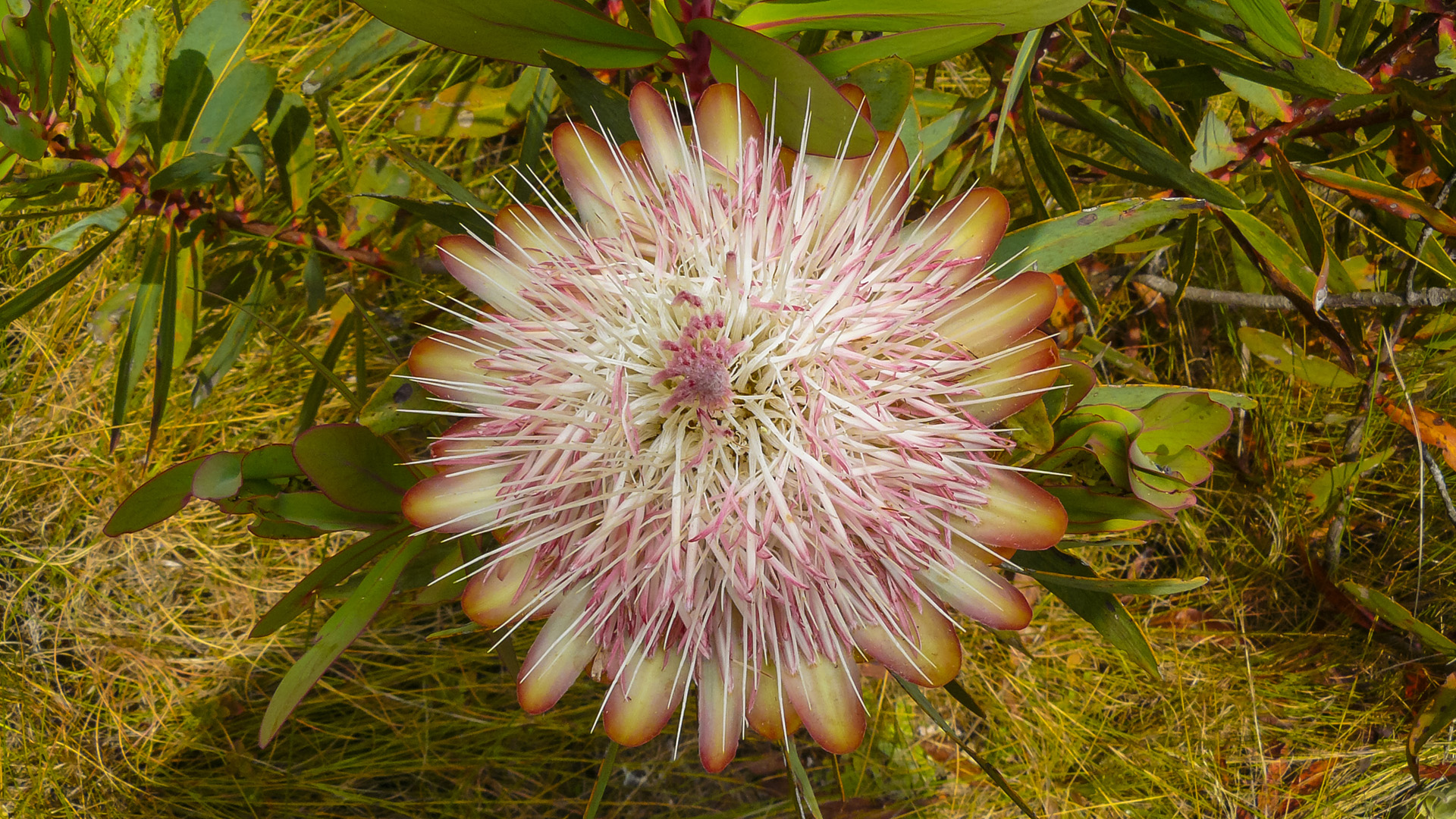
Above 2,000m, sweeping grasslands, atmospheric cloud forests and soaring peaks occupy the landscape. The cloud forests are the home of the unique Mulanje Cedar, the National Tree of Malawi, that provides the scented softwood carved into the unique crafts made around the mountain. Often your evening mountain cottage fires will burn this wood and scent the air like Arabian incense. The cedar has been over-exploited in the past and attempts are being made to restrict harvesting to trees that have died naturally. Mulanje cedar seedlings are being replanted all over the mountain to enlarge the existing cedar forests and patches. Pine forests are steadily being removed from the mountain in a bid to return cedars to their former predominance over the mountain and allow for the natural ecology to flourish again. The sight of pines being destroyed on Chambe Basin should be viewed positively in this light. The grasslands are beautifully coloured by wildflowers including many orchids, irises, red-hot pokers, gladioli and aloes not found elsewhere. Foxgloves, however, are exotics that are now also being removed.
Hundreds of kilometres of firebreaks criss-cross these grasslands to limit the damage of dry season fires often caused by poachers with little respect to forest ecology
The mammals, reptiles and birds found on the mountain are of special interest as they are rarely found elsewhere with ease. Upon the mountain are predators such as leopards and serval cats, the habitant klipspringers and the forest-dwelling dwarf red and blue duikers. Circling the skies are crowned and black eagles, augur buzzards and peregrine falcons, whilst blue swallows are common over the grasslands.
The forests are habited by a myriad of specials most common being the unique yellow-throated apalis. Many of the birds are very secretive in habit and, whilst often heard, will only be seen by the dedicated, determined and patient ‘birder’.
Butterflies in a wide variety of sizes, patterns and spectacular hues are to be seen in large numbers especially in the richer woodland areas.

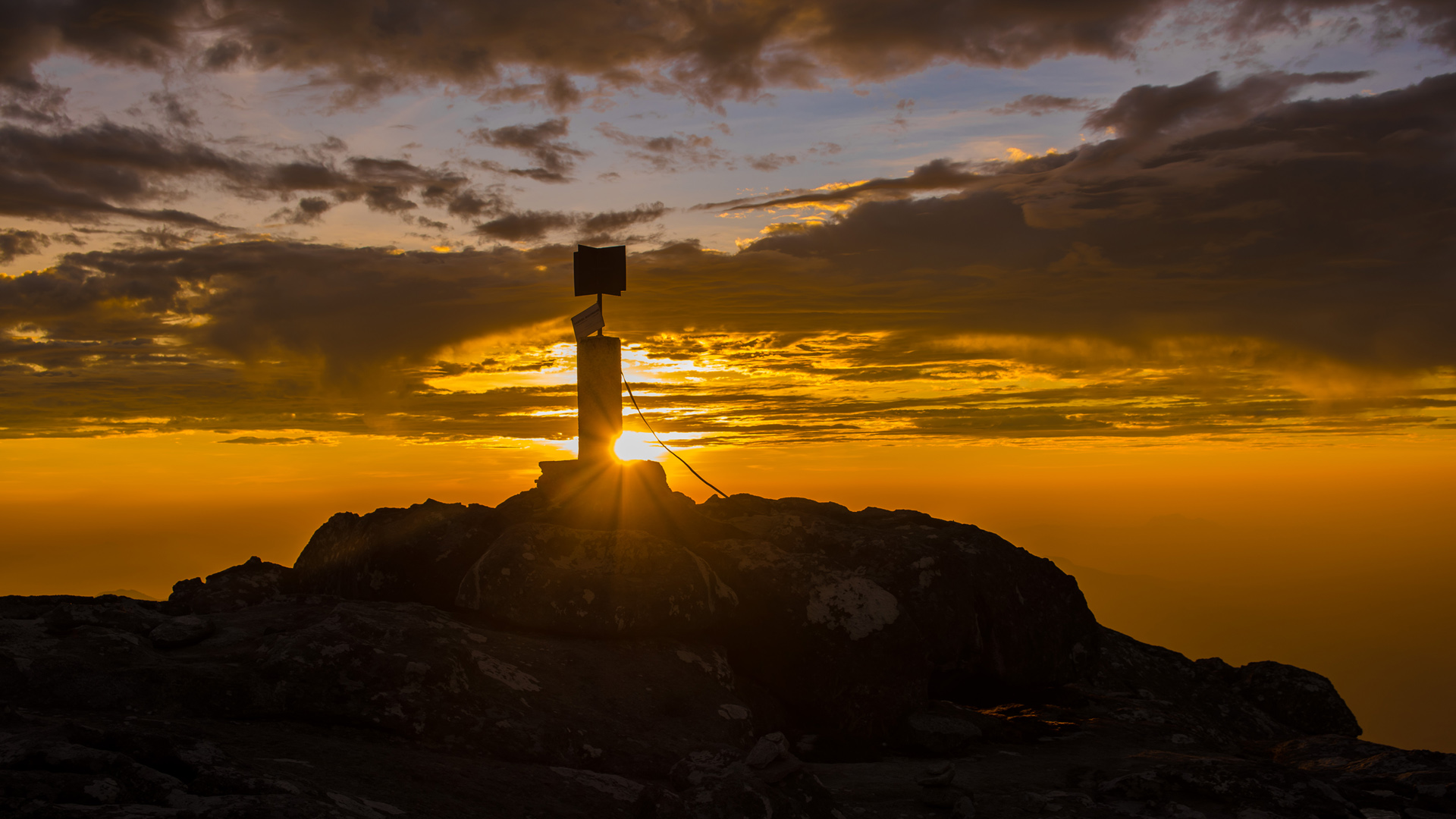
Sunrise on Sapitwa -Highest peak on Mulanje Mountain, 3002m above sea level
Mulanje Mountain is a special place of great wonderment that can be enjoyed at different levels by visitors of diverse interest and fitness levels – but, one thing you can be sure of, no-one ever visits and leaves disappointed.
A recent visitor summed it up perfectly:
“I have seen the beautiful Lake and visited a fantastic game reserve but my three days on Mulanje were the highlight of my visit.”
- July 8, 2019
- 7092
- Uncategorized
- 0 comment

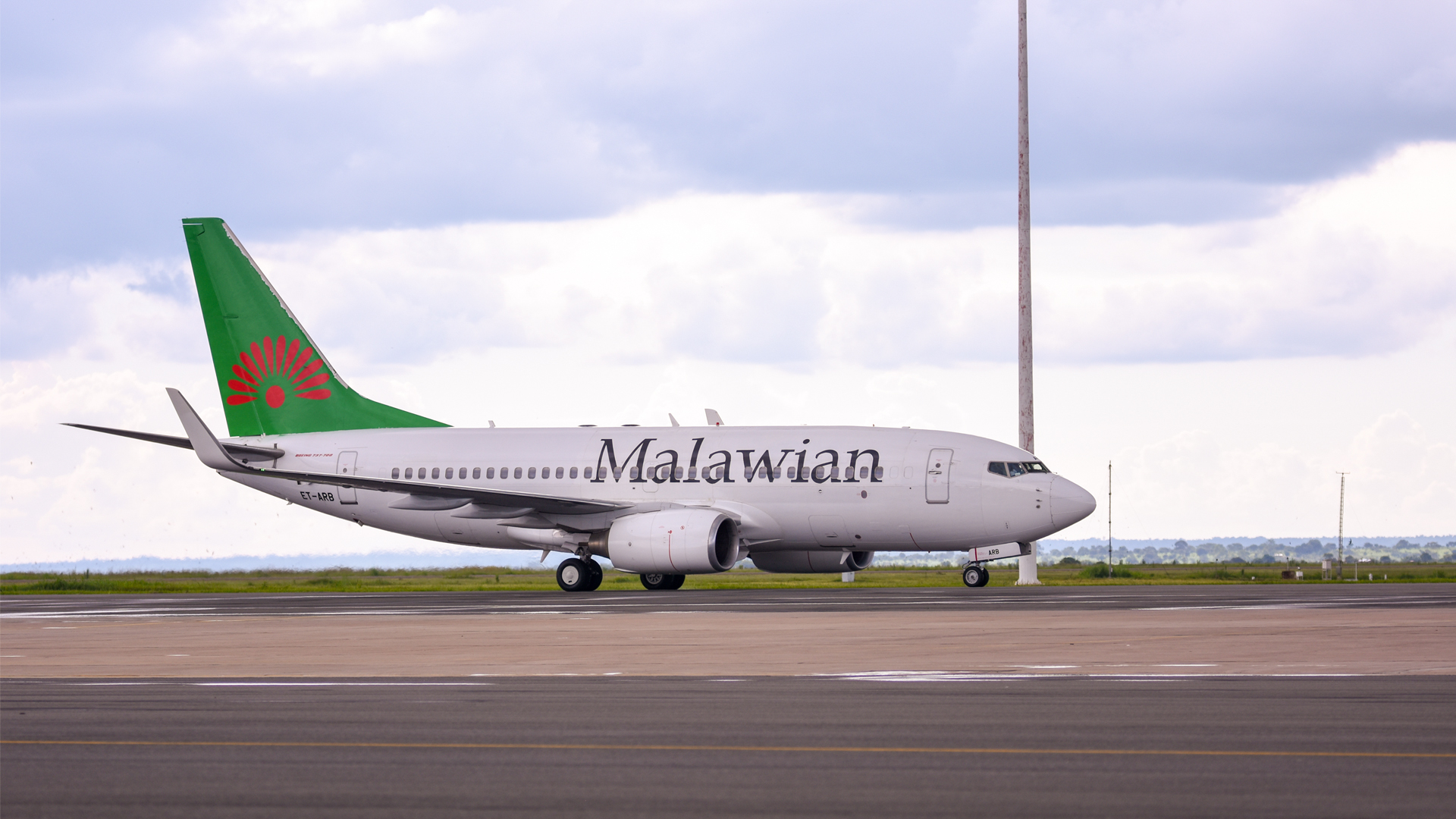
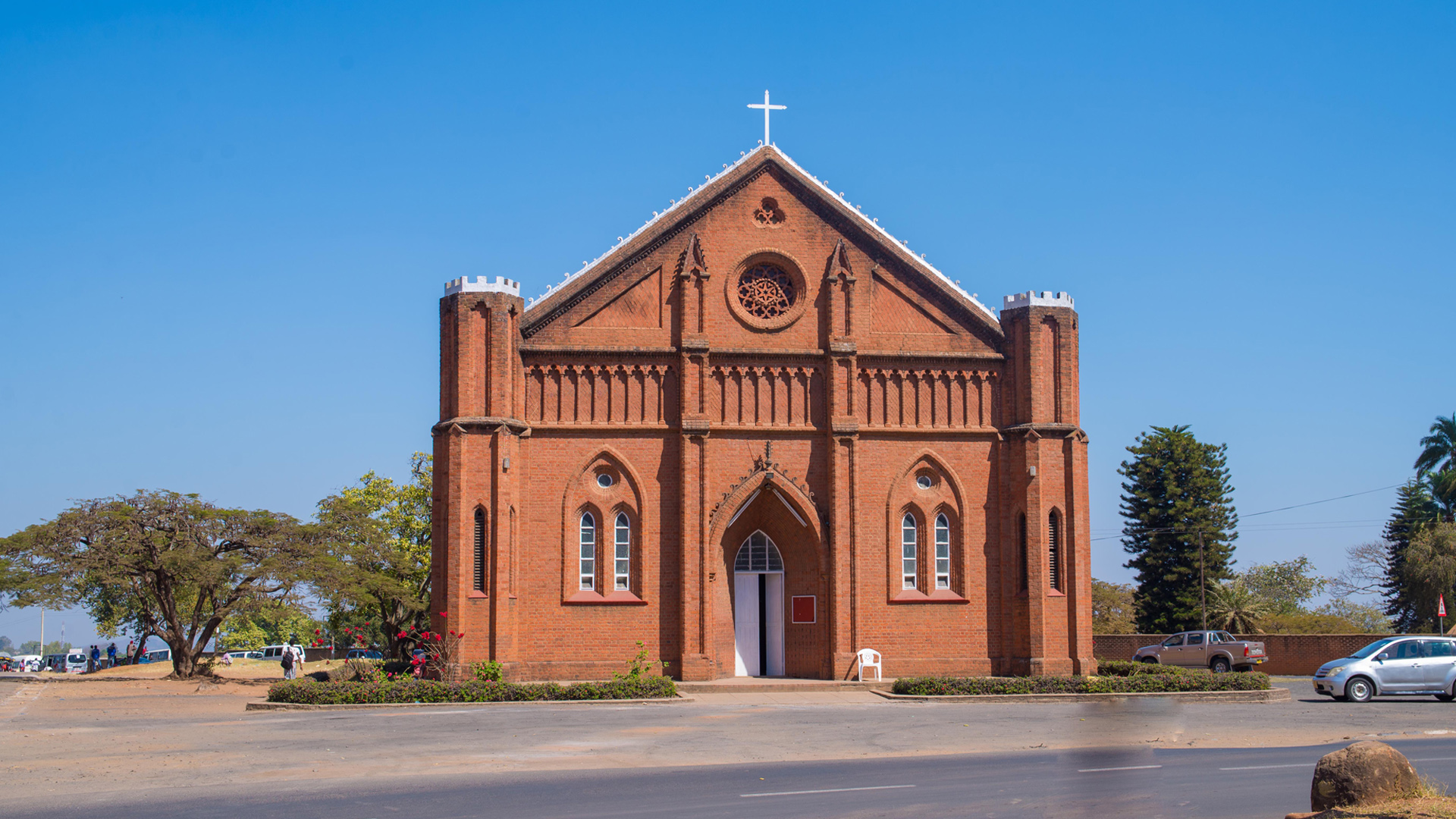
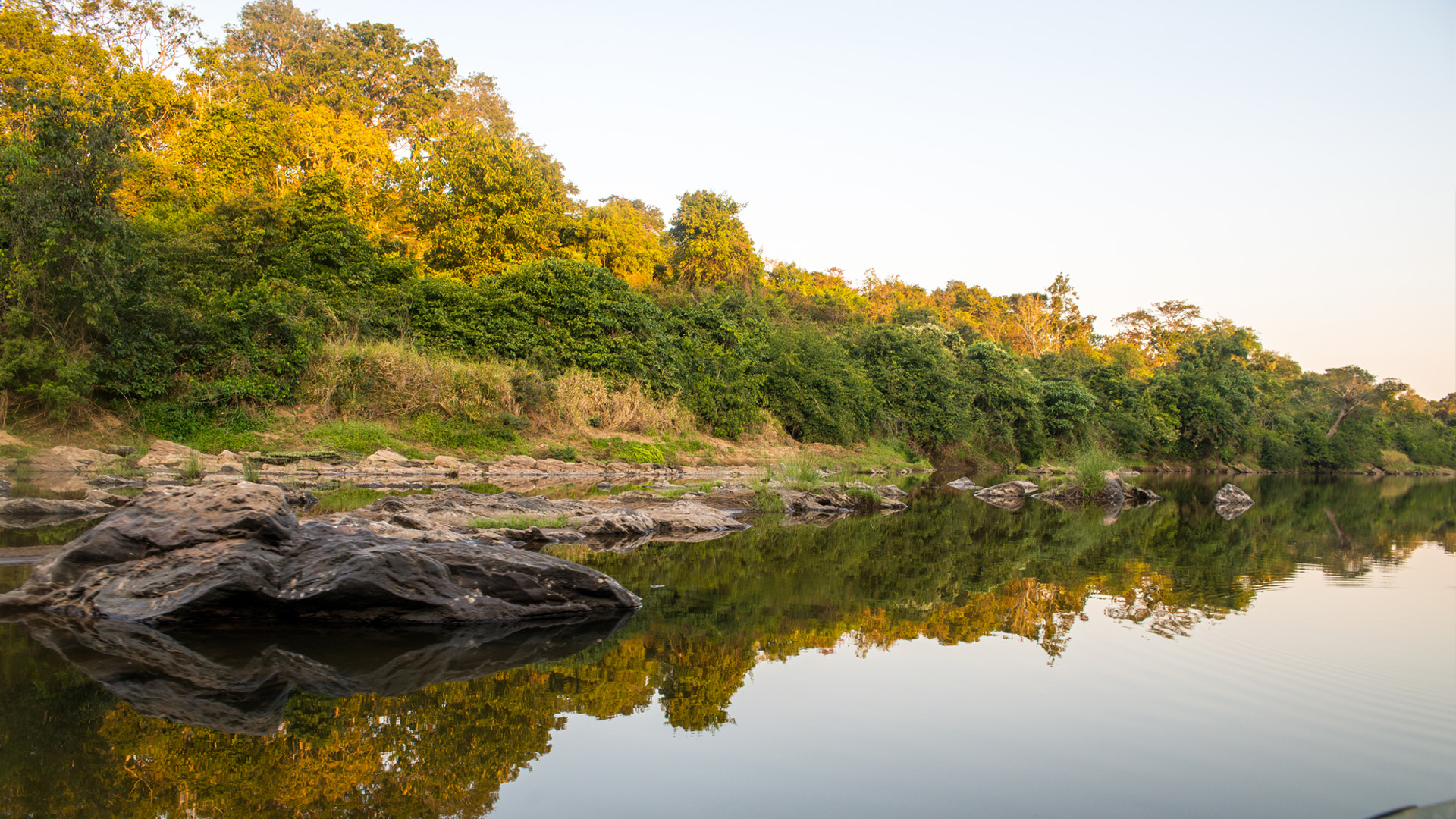
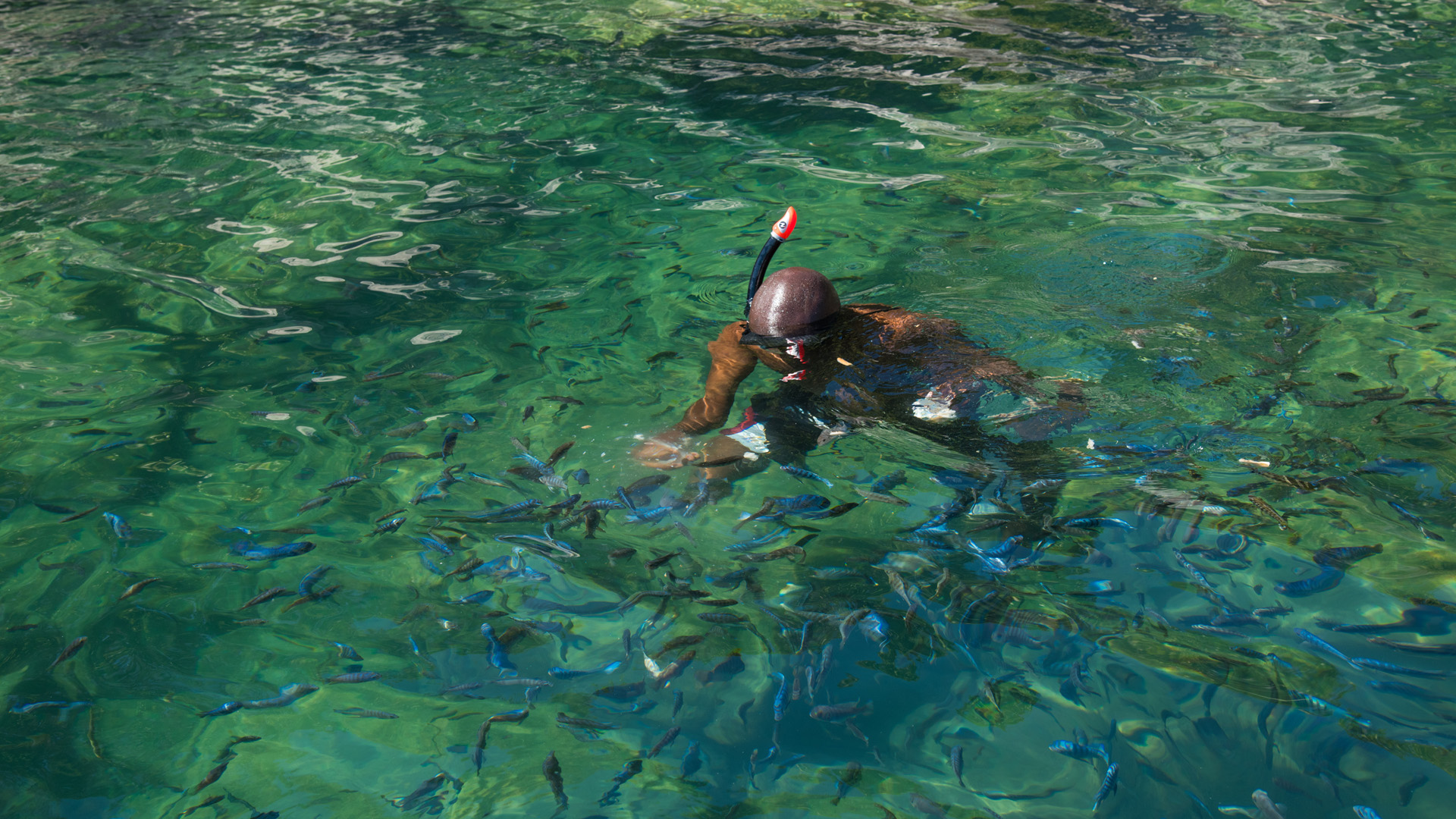
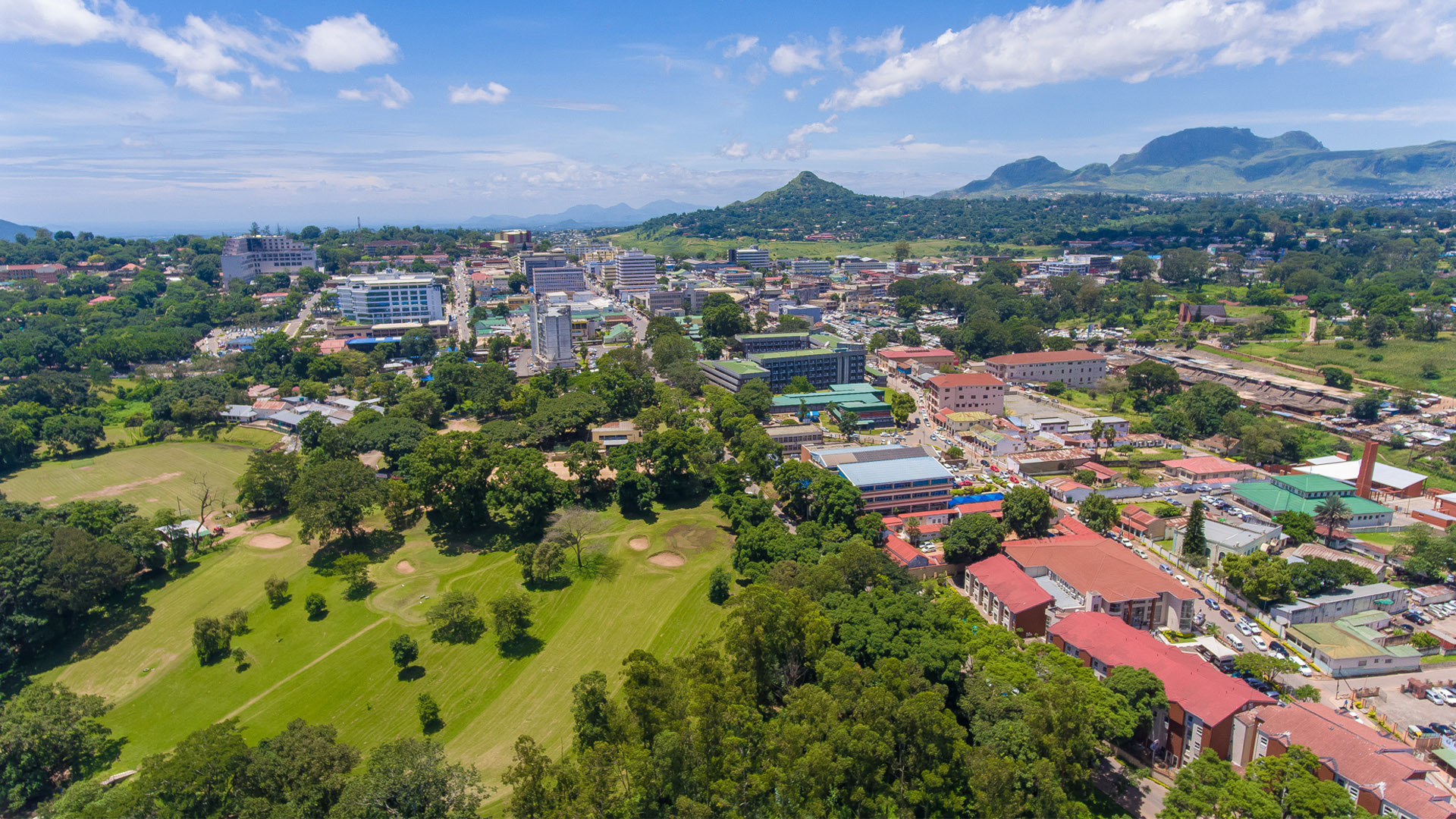

Add Comment